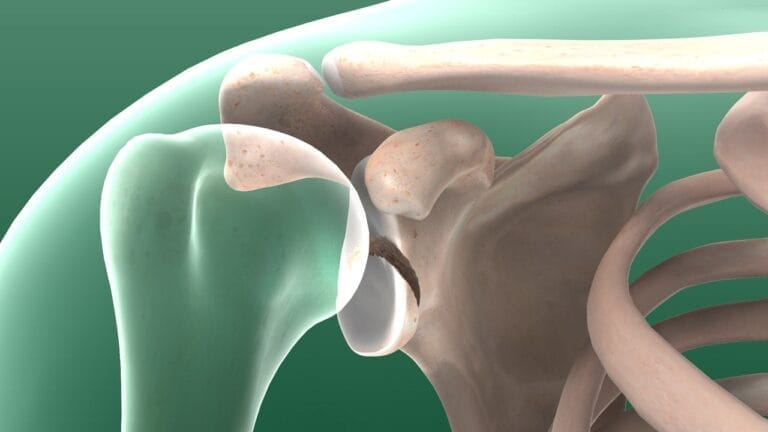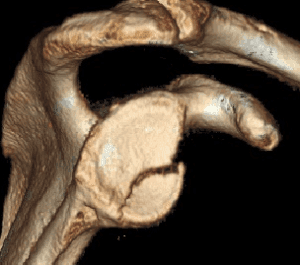Overview:
Glenoid fossa fractures are rare injuries usually resulting from high-energy trauma. Treatment depends on the fracture’s displacement and stability.
What is the Glenoid Fossa?
The glenoid fossa is the part of the scapula that forms the socket of the shoulder joint.
Causes of Glenoid Fossa Fractures:
- High-Energy Trauma: Car accidents or falls from height.
- Direct Impact: A heavy blow to the shoulder.
Symptoms:
- Pain: Severe pain in the shoulder.
- Swelling and Bruising: Visible swelling and bruising around the shoulder.
- Limited Movement: Difficulty moving the arm.
Diagnosing Glenoid Fossa Fractures:
- Physical Examination: Checking for pain, swelling, and deformity.
- Imaging:
- X-rays: Standard views to assess the fracture.
- CT Scans: For detailed images, especially for surgical planning.
Types of Fractures:
- Ideberg Classification: Categorizes fractures based on their location and extent.
- AO/OTA Classification: Offers a comprehensive system for categorizing scapular fractures.
Treatment Options:
- Non-Surgical Management:
- Suitable for most minimally displaced fractures.
- Supportive Sling: To immobilize the arm.
- Gradual Exercises: To restore movement and strength.
- Surgical Management:
- Needed for significantly displaced or unstable fractures.
- Surgical Techniques: Various approaches to realign and fix the bones using plates and screws.
Possible Complications:
- Infection: Risk after surgery.
- Implant Issues: Problems with surgical hardware.
- Non-Union: Bone fails to heal.
- Malunion: Bone heals incorrectly.
Lessons Learned:
- Accurate diagnosis and imaging are essential.
- Non-surgical treatment works for most minimally displaced fractures.
- Surgery is necessary for significantly displaced or unstable fractures.
- Post-operative rehabilitation and regular follow-up are crucial for optimal outcomes.






